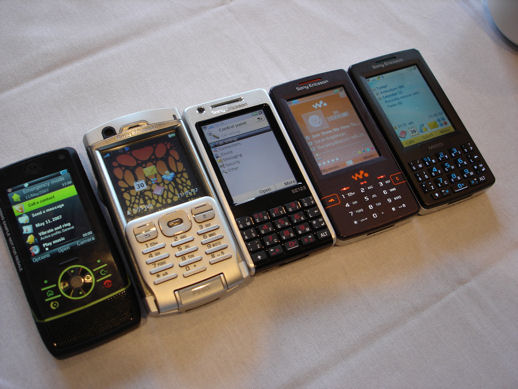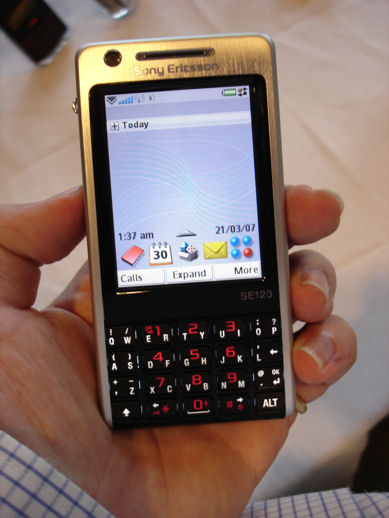The Platform Analysis
Sony Ericsson has admitted that there were teething problems with the UIQ 3 platform. They did point out that the move to UIQ 3 was a very significant step, the software changed at both the UI levels (UIQ 2.1 to UIQ 3.0), the OS level (Symbian 7 to Symbian 9.1), and at the chipset and integration level. The consequence of this was that very little could be utilised from their existing UIQ 2 platform, which was mature and stable. Moving to UIQ 3 was necessary, not only to support a variety of new technologies, but also to move forward Sony Ericsson's open software platform strategy.
There has been a lot of work on the UIQ 3 platform in the year since the release of the first UIQ 3 phone. The most obvious sign of this is the acquisition of UIQ Technology from Symbian by Sony Ericsson. Under Symbian, UIQ Technology was competing for funds against Symbian's core activity and inevitably suffered. Sony Ericsson’s effort to create a stable platform for their future strategy was somewhat frustrated by this limitation. By buying UIQ Technology, Sony Ericsson was able to inject fresh funds into the platform. Informal indications are that this has had an immediate effect, with a sharp increase in personnel and capabilities, although the full effect is unlikely to come on stream until the end of the year. Sony Ericsson's decision to keep UIQ Technology independent and to encourage other investors and shareholders to come forward is also positive, presenting a real alternative to manufacturers interested in Symbian who do not wish to work on S60. The renewed interest of Motorola in UIQ and Symbian would not have happened without these changes. At this stage Motorola seems like the most likely new shareholder, although others may emerge in due course.

The current UIQ 3 phone line up. The Motorola Z8, Sony Ericsson P990, P1, W950 and M600.
At the launch of the P1i, one of the messages that Sony Ericsson was pushing was the idea that the UIQ 3 platform is now much more mature and stable. I would agree that there is strong evidence to backup this claim, both in the form of P1i, but also in the form of recent firmware upgrades to the M600i and P990. Sony Ericsson says there is more to come and they are committed to providing a stable platform based around UIQ 3; this commitment includes both the creation of new devices and continuing to support and maintain existing devices. It is difficult to understate the importance of this for Sony Ericsson; if they are to continue to be a player in the smartphone space then a strong platform is a basic necessity. As a software platform, UIQ 3 offers a great deal of potential (perhaps more than any other platform), notably in its basic architectural approach, but unless it is implemented into a stable real world platform then that potential is lost. Sony Ericsson seems well aware that phones like the P990, the M600 and to a lesser extent the W950 failed to deliver on the potential, due mainly to stability issues which have hampered sales and prevented wider take up. Sony Ericsson has taken many of the right steps to fix the problem. There's further work to be done, but with the promise of further device releases and continued work on a platform they now, own the future is much brighter. It remains to be seen whether Sony Ericsson can establish its UIQ 3 phones in the same way Nokia has done with its S60 phones, but they are moving in the right direction.
Rafe Blandford

The most recently announced UIQ 3 phone - the Sony Ericsson P1i.
